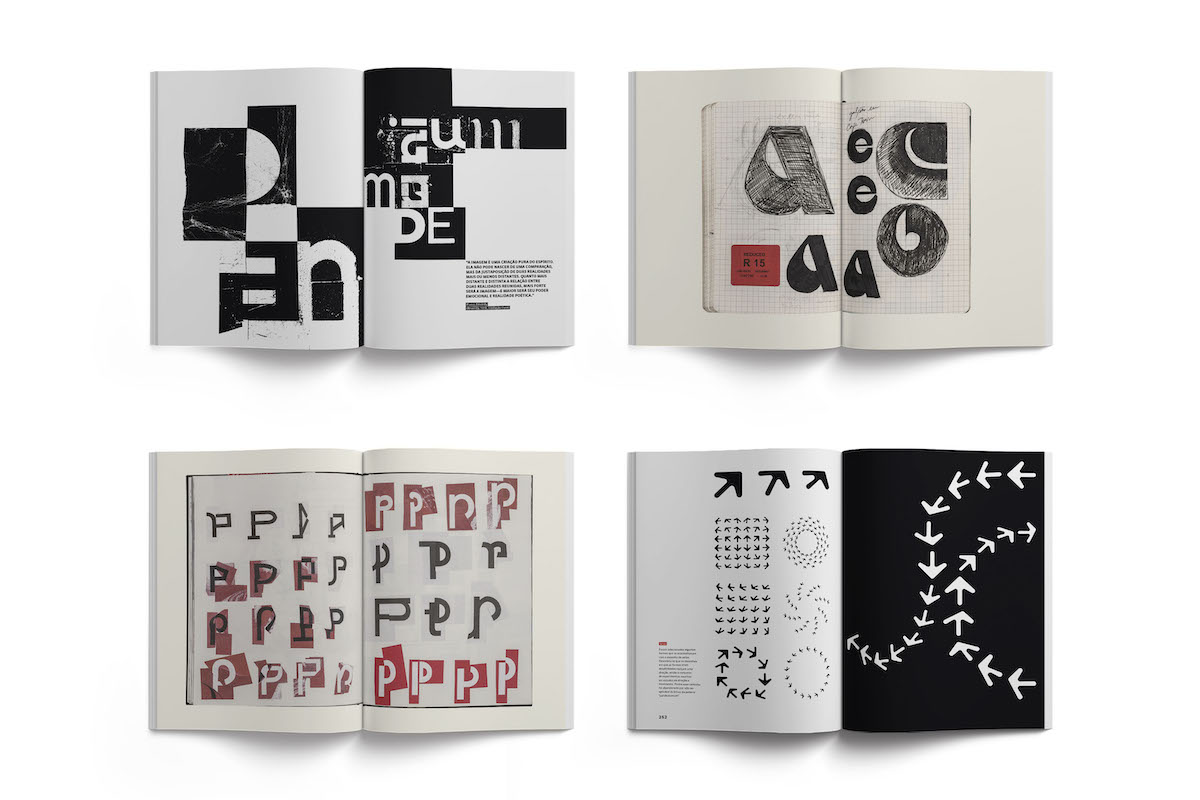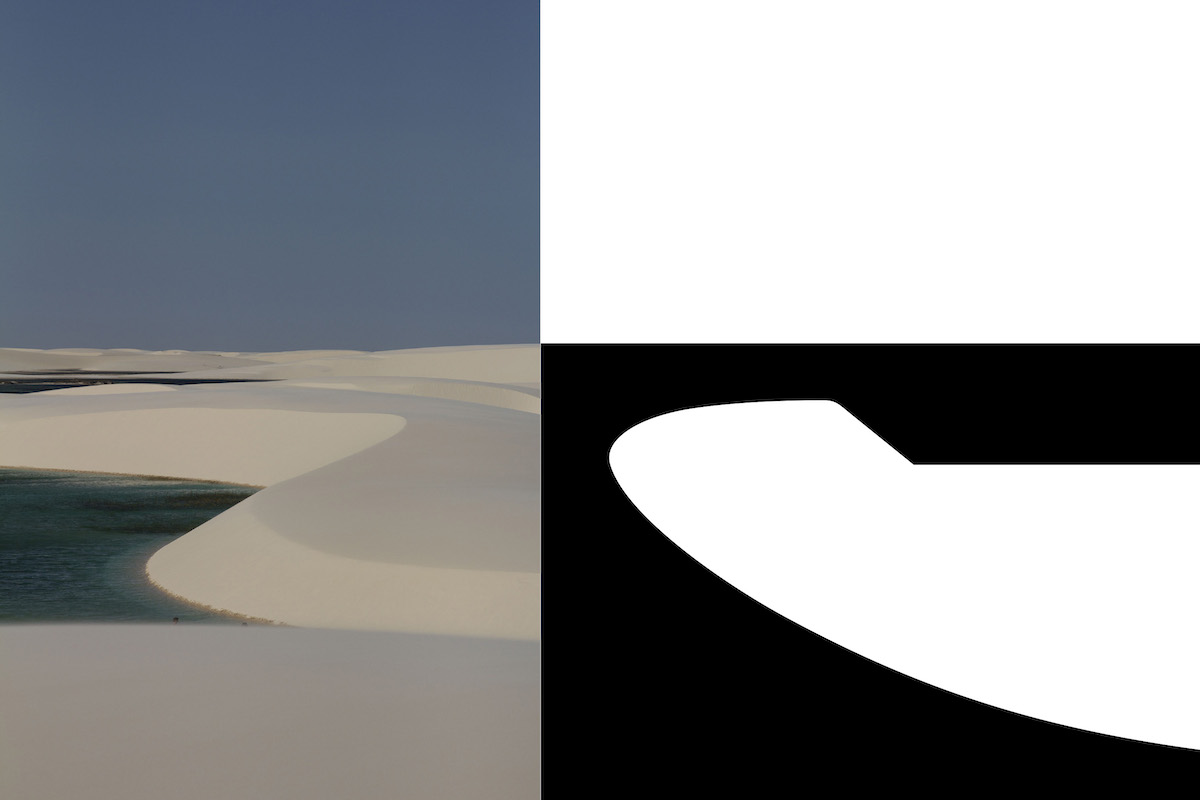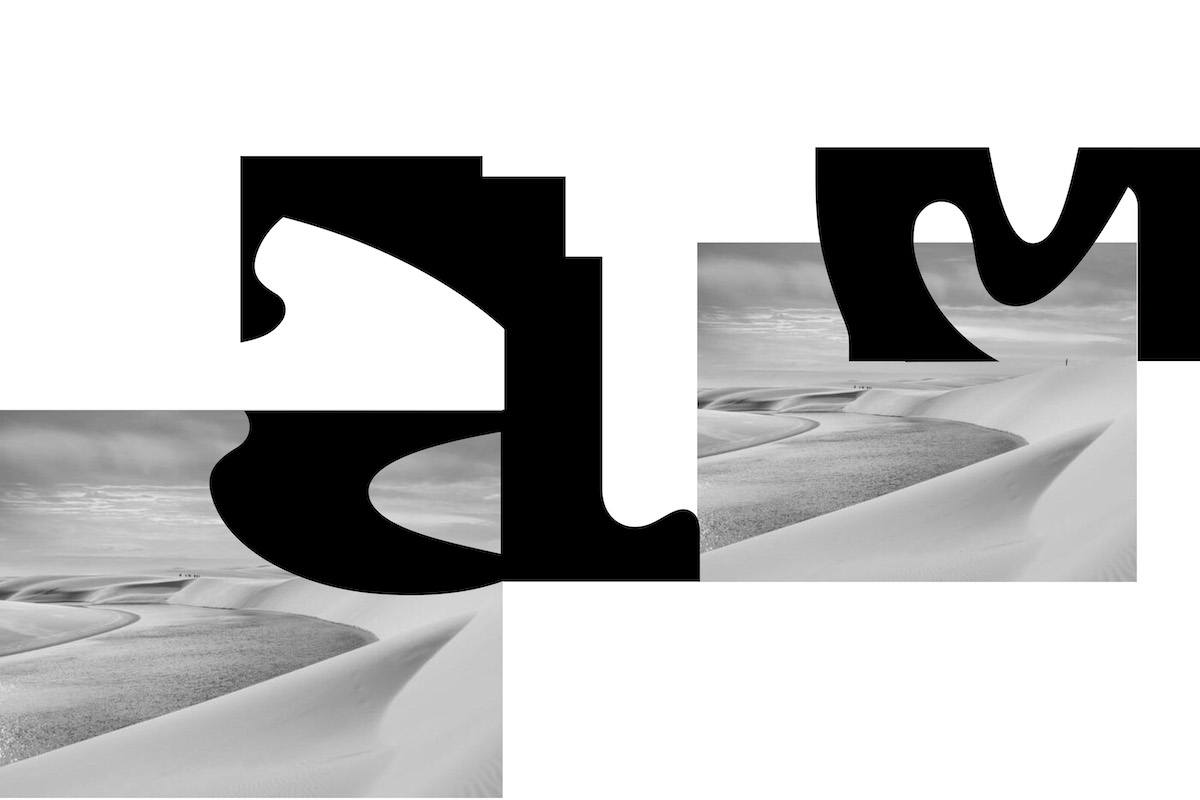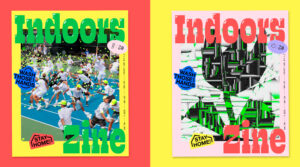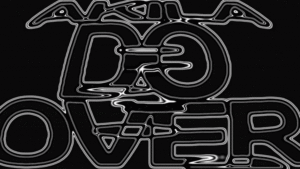‘A project with only technical requirements is soulless’, says Graphic Designer and Professor, Leopoldo Leal (@leopoldoleal). ‘I like to create typographies from stories that connect with images and concepts’. Describing his creative process as ‘full of serendipity’ , Leopoldo holds a Ph.D. in design and architecture from FAUUSP and is the creator of the award-winning Pandemonium (@pandemonium_type).
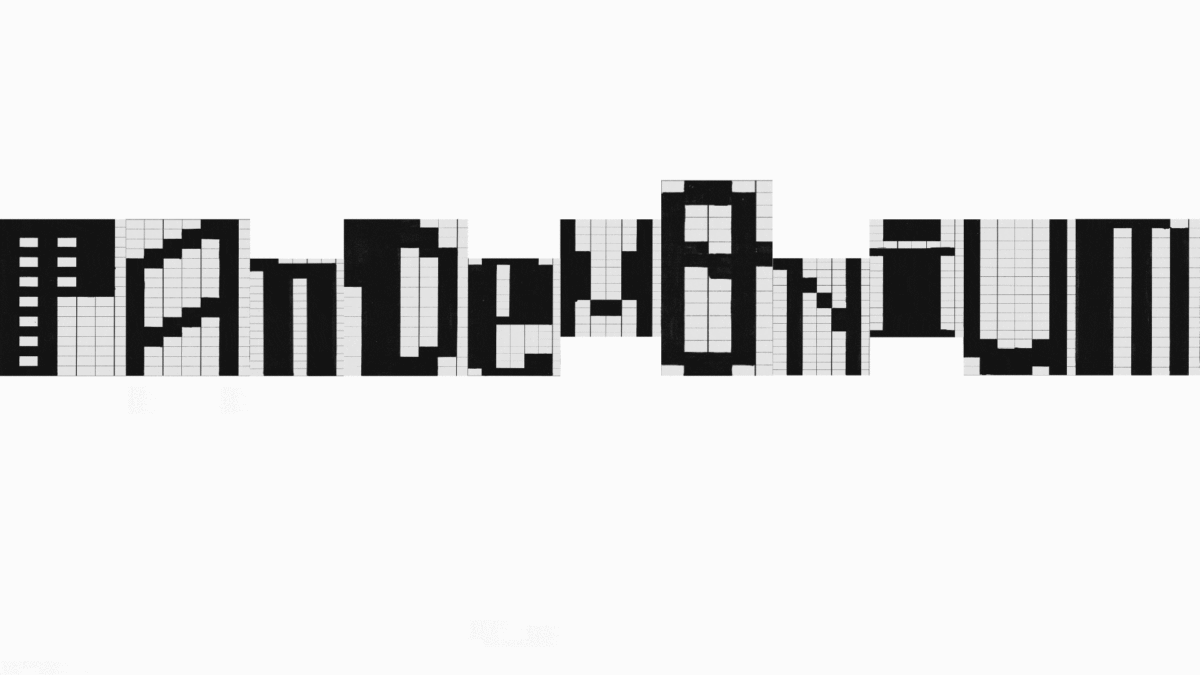
Presented in 2019, Pandemonium forms Leopoldo’s doctoral dissertation and is a total joy for any type-lover. The dissertation forms an archive of processes and typographic experimentation and – in its bound form – is an intriguing object in itself. ‘The dissertation cover has an interesting story’, Leopoldo explains. ‘I took a glitch image that added up to a few experiments and produced it in jacquard fabric. I did this because my first job at 18 was in a textile factory close to home the same place that produced this fabric for the cover page.’ We chatted with Leopoldo about Pandemonium to get some deeper insights into the project.
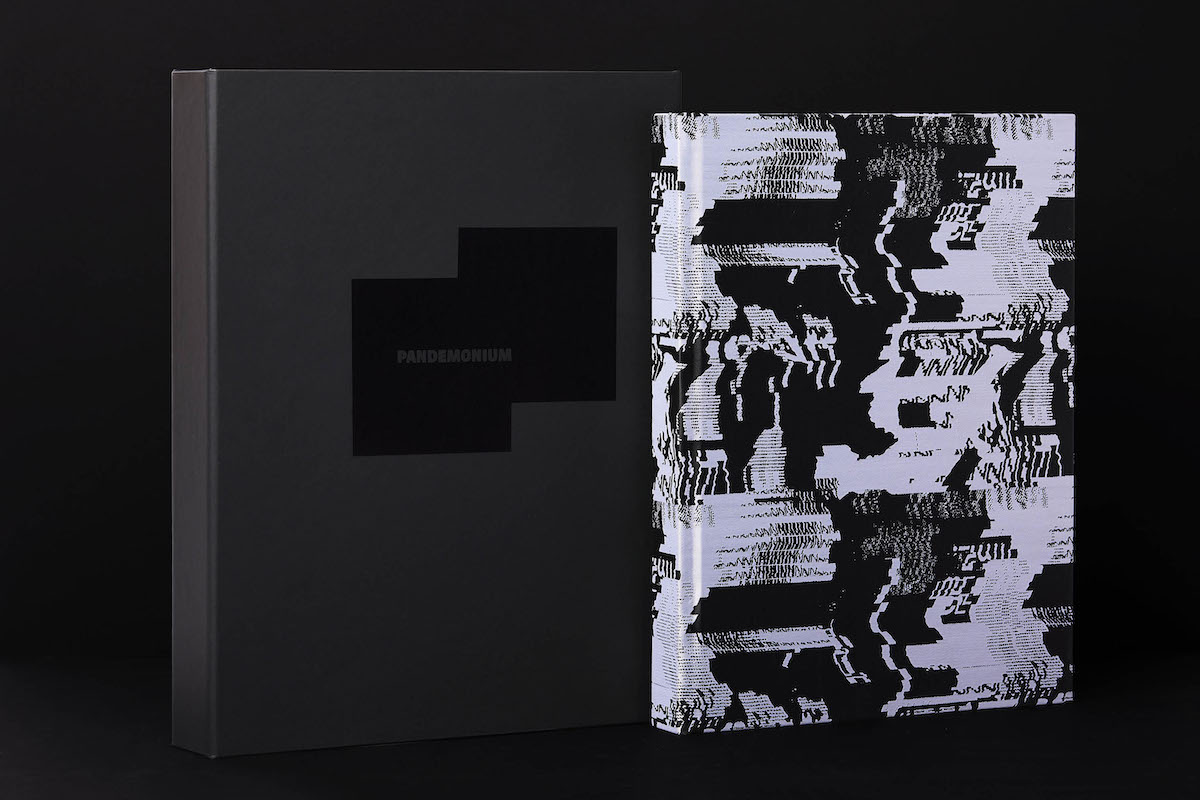
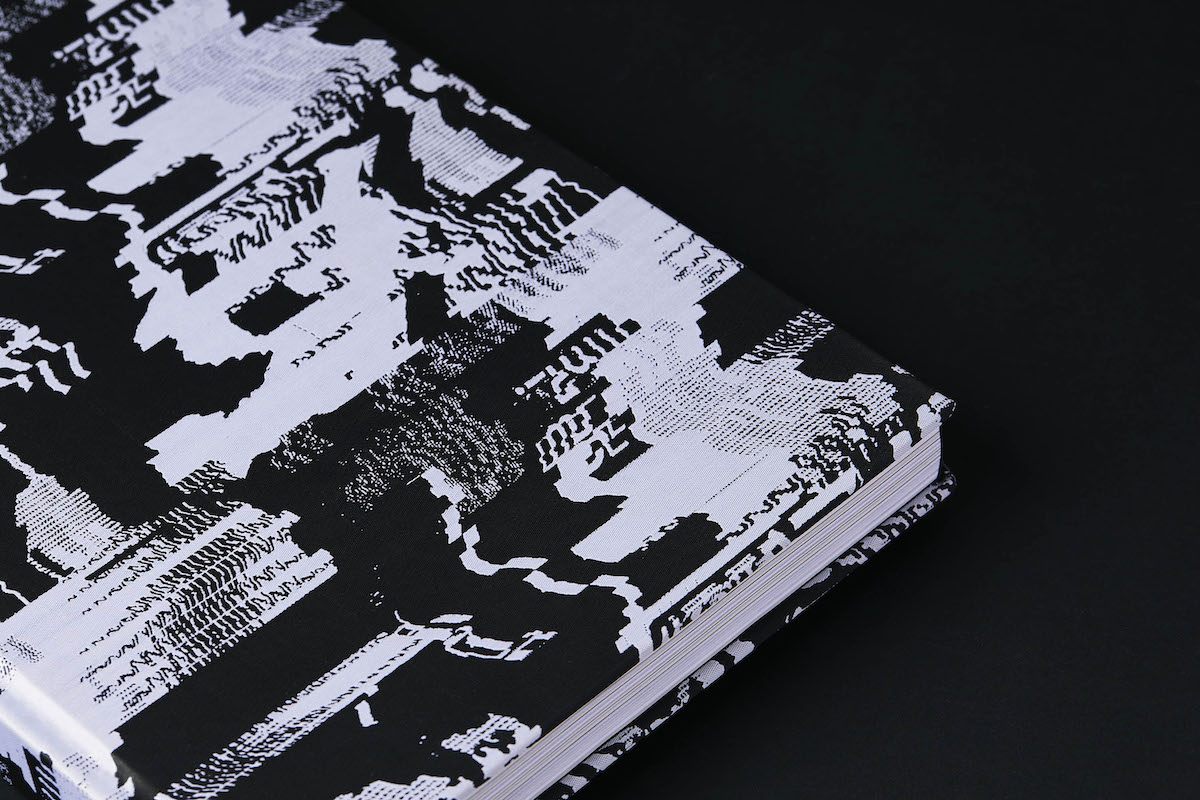
Can you explain the central themes of Pandemonium and why you think the thought behind it is important to explore?
In John Milton’s Paradise Lost, Pandemonium is the capital of hell, the place where demons have a board meeting in order to discuss their plans. It also means confusion, chaos, and commotion. Such a metaphor can be used to describe the creative process of a graphic designer, whose mind functions as an overflown cauldron filled with interconnected information in a complex network. Contrary to popular belief, ideas are not a result of divine inspiration or orderly and predictable thinking. They come to life due to repetitive practice, effort and experimentation, which are characteristics of the designer’s own repertoire.
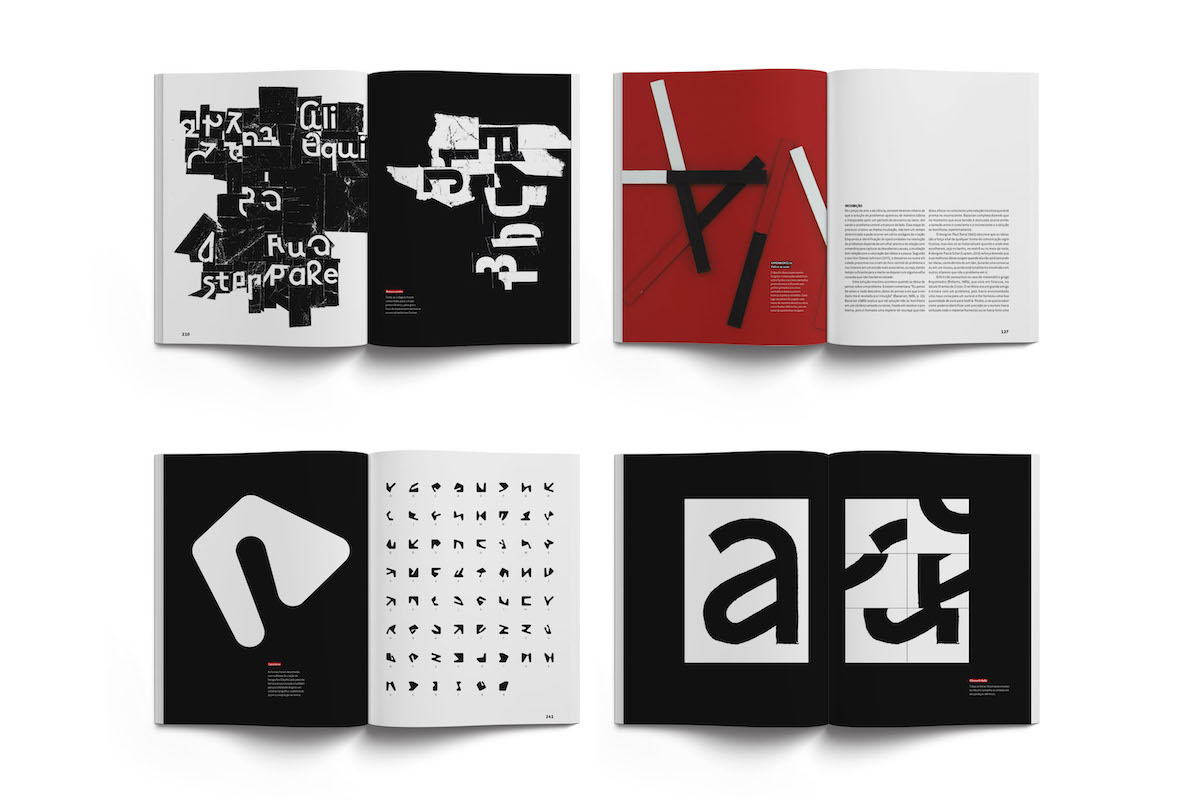
The purpose of this dissertation was to understand chance and experimentation inserted in the creative process of graphic design. This dissertation was based on the lines of a practical and theoretical research and consists of reflections from the bibliography on processes of design and creation, interviews with graphic designers and experiments that present, in practice, the design creation process – which is unique for each person, since it involves many aspects that will determine the final result. Thus, only deep involvement might eventually prove that unpremeditated elements collaborate in this process.
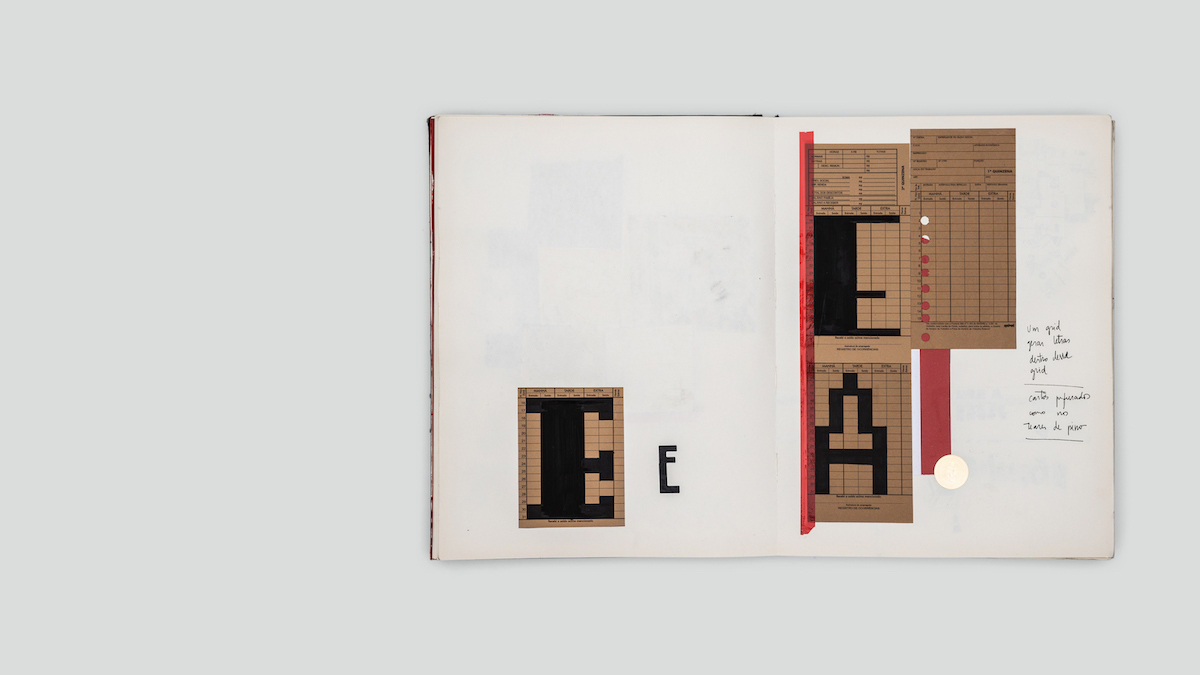
Therefore, Pandemonium was organised as a notebook of experiments and experiences that can be read in full or leafed through freely. It is a research that takes the personal references and the reports of the theoretical and practical learning of a student, designer and professor into account. It was based on the eight stages of the creative process described by Robert Keith Sawyer, who has studied creativity for more than twenty years. These stages form the structure of the dissertation and aim to provide clarity and understanding of the whole creative process, which does not occur in a linear way; therefore, the eight stages do not necessarily happen in the order presented in this work. Creative process is formed along with project development as there are always deviations, mistakes, improvisations and surprises which promote its shape.
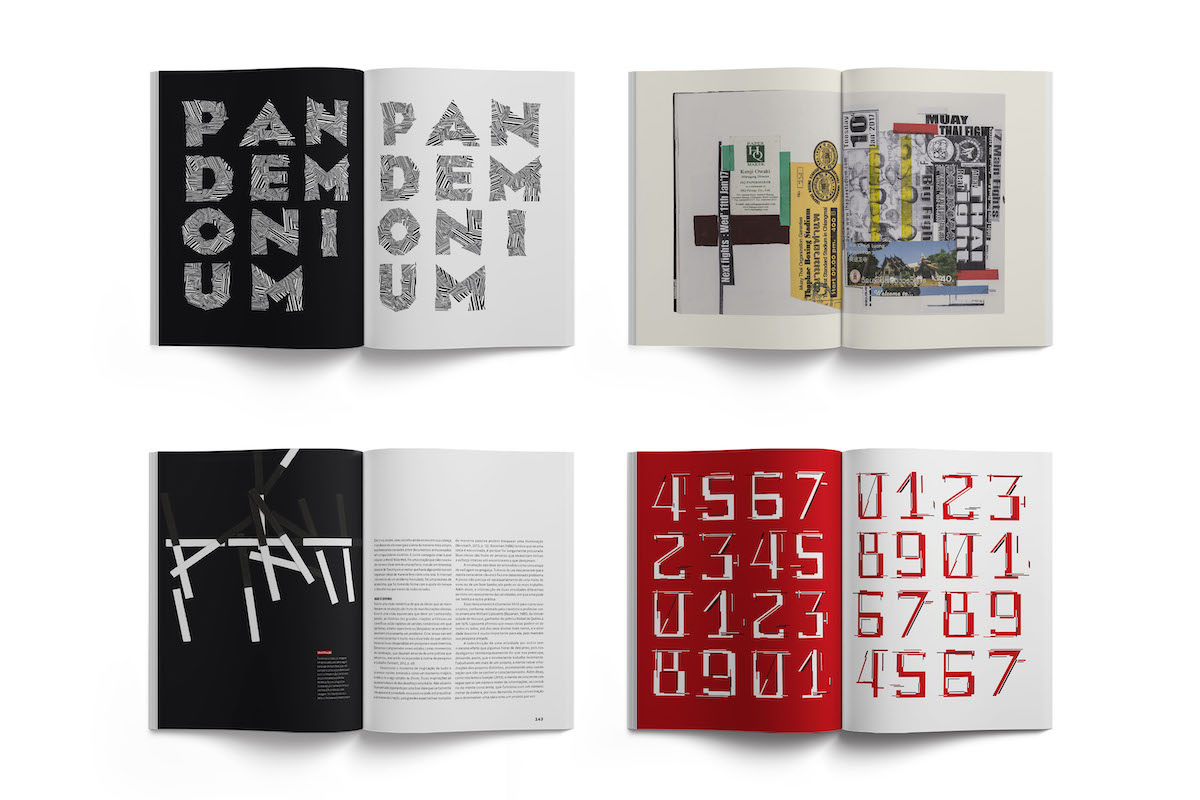
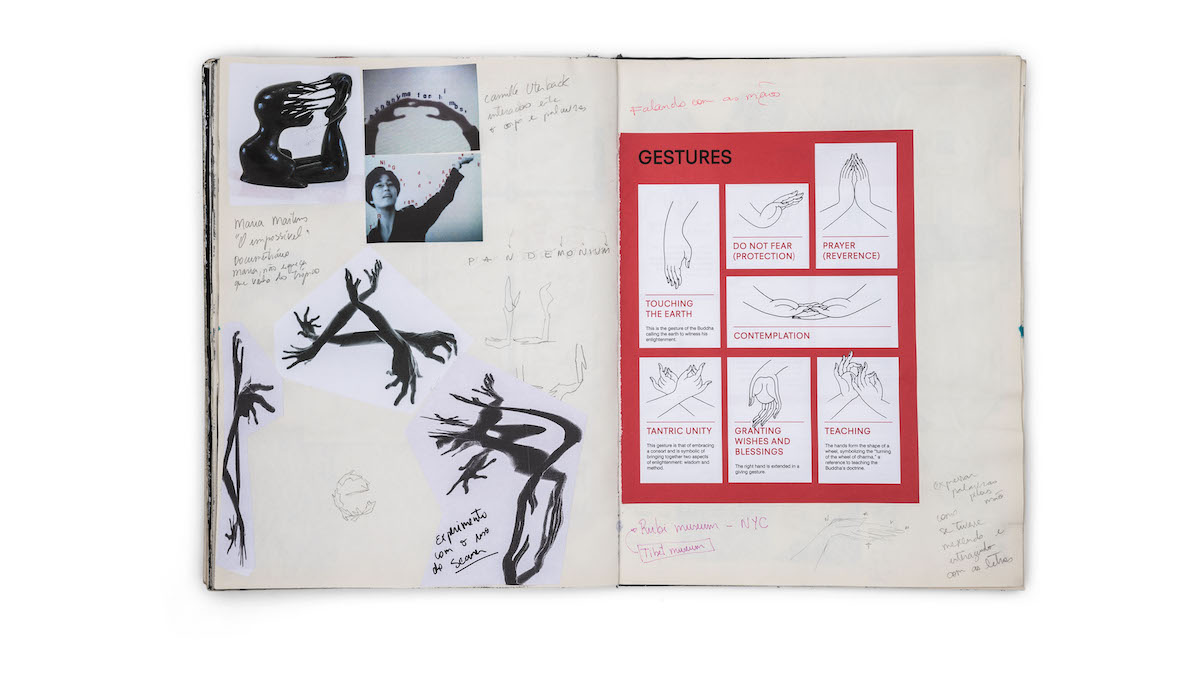
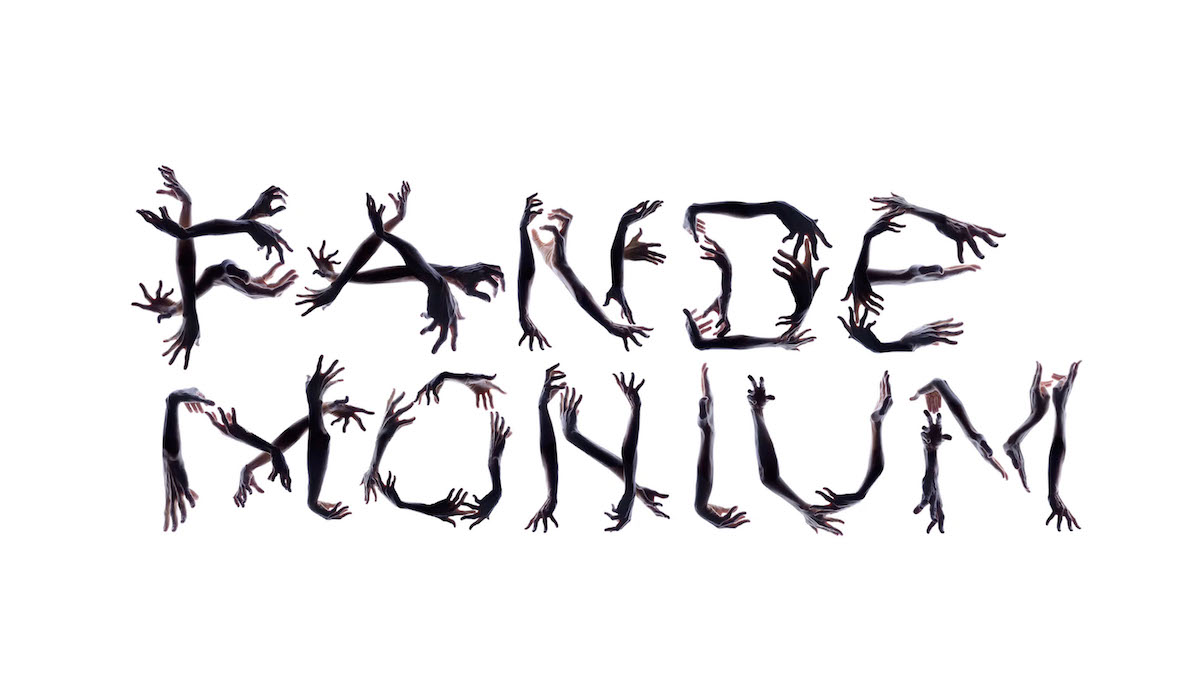
How do you feel the ideas behind Pandemonium relate to type as a form of design we often see as quite functional and ubiquitous?
My job is to create experiments in typography and design. I develop typefaces that communicate. I see typography as communication and not as a cold and functional system. I like to develop typefaces that have an interesting story and a process. I like to develop my project thinking that I can draw typefaces from any materials such as punch cards, bar codes, ice cream sticks, my hands, etc. The process is very important so I record everything in my sketchbook, but without a reasonable result, it shows that the process was not good so in this case, I return to the previous stages of my process. Some designers says that only the process or the result is valuable they are wrong, both are important. Creating with functionality in mind is a mistake. Many experiments I created did haven’t a problem defined beforehand. The problem and research were building simultaneously.
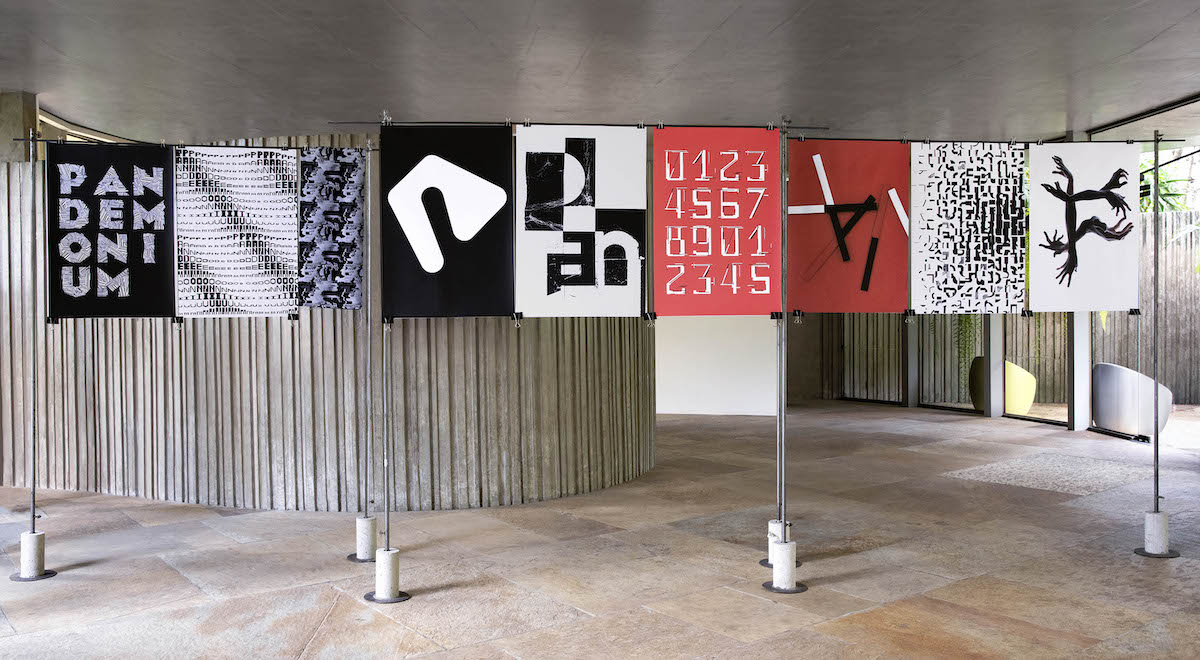
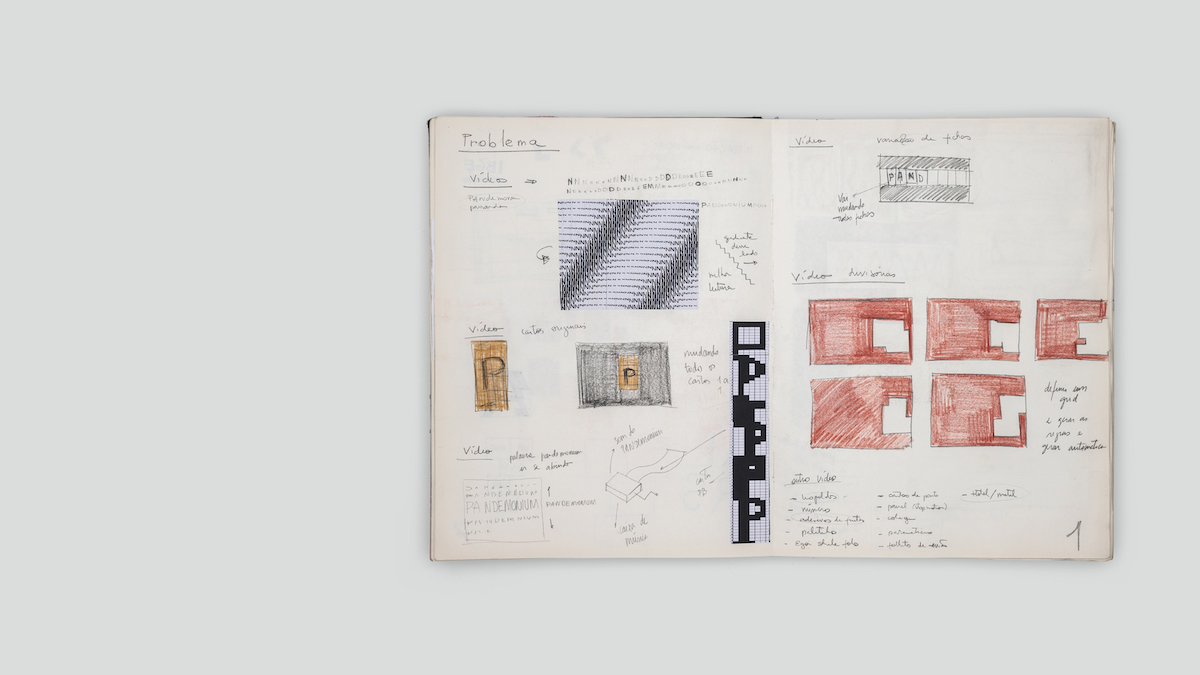
What kind of ideas are you experimenting with or exploring in your current work?
I work with simples objects. Documenting the entire process in my sketchbook. The sketchbook is an excellent tool to generate visual ideas and help me to think and to identify creative paths.
I love to understand how things work – that’s why I studied the creative process in graphic design. This knowledge is important to me because I could understand how I develop my projects and how I can assist my students in the development of their projects. The Pandemonium dissertation is a reflection of the creative process. In the experiments, I present in practice how the creation process takes place.
Another concept present in my work is serendipity. I believe that I must start a project in some way and during the process things happen and creative pathways start to open to me. A sketchbook is an excellent tool for these serendipitous discoveries.
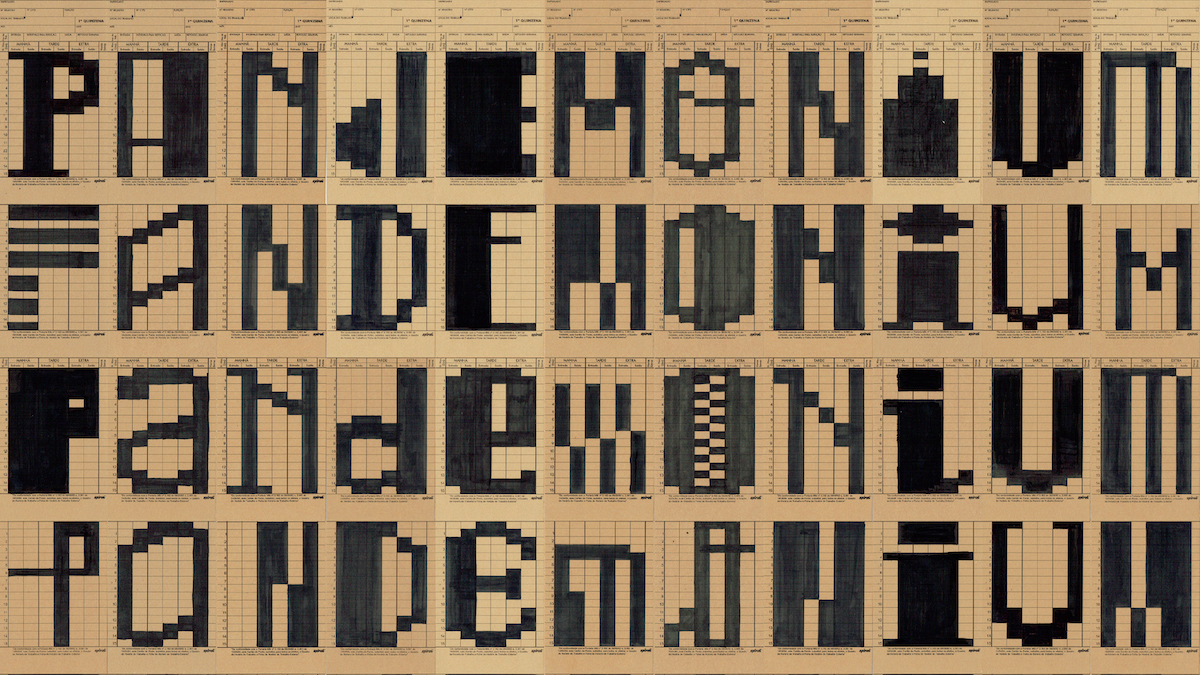
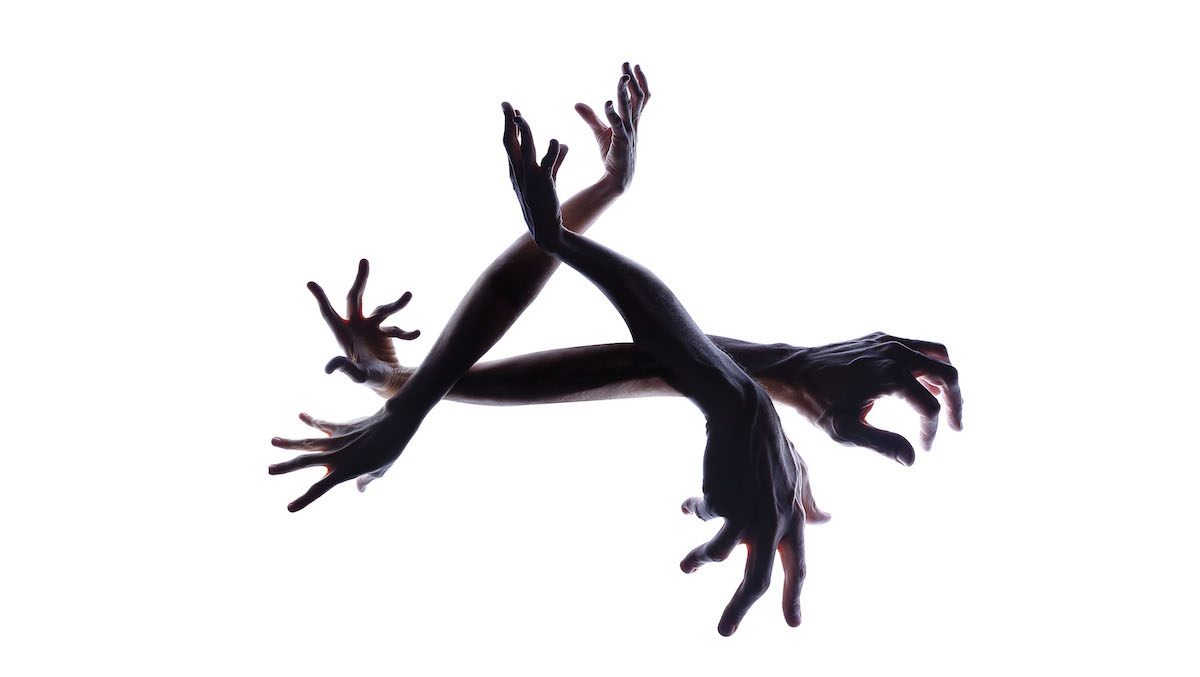
What excites you or troubles you about design today in relation to creative cultures, work cultures, society & technology?
I am a professor of experimental design and typography and what makes me very excited is demonstrate to my students how to explore new languages from very simple problems like the ones I develop in my Pandemonium dissertation from simple everyday objects. It is part of my classes to demonstrate to students that designers can formulate their own problems and projects.
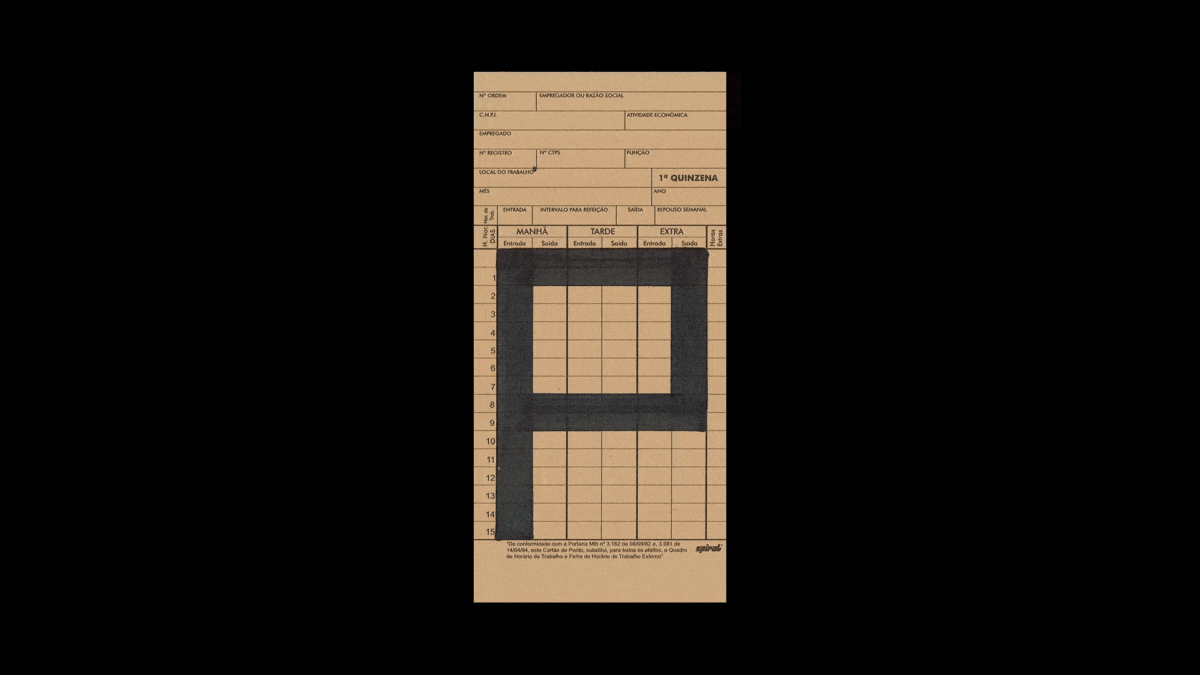
Another thing that excites me a lot is the creation of unusual tools. Difficult tools like drawing with a stretcher like many artists in the past have done, appropriating objects and playing with these objects using some simple rules like a game, this excites me a lot. In my thesis in one of the exercises, I throw colourful ice cream sticks 500 times and photograph them and from this game, I identify letters. I like to invent games and tools… The designer can experiment with different tools, mix them, and even develop their own. I start in Sketchbook after I go to the computer and usually go back to the sketchbook and try different software. Recently I’m experimenting with Processing and I love using it to produce my own programs.
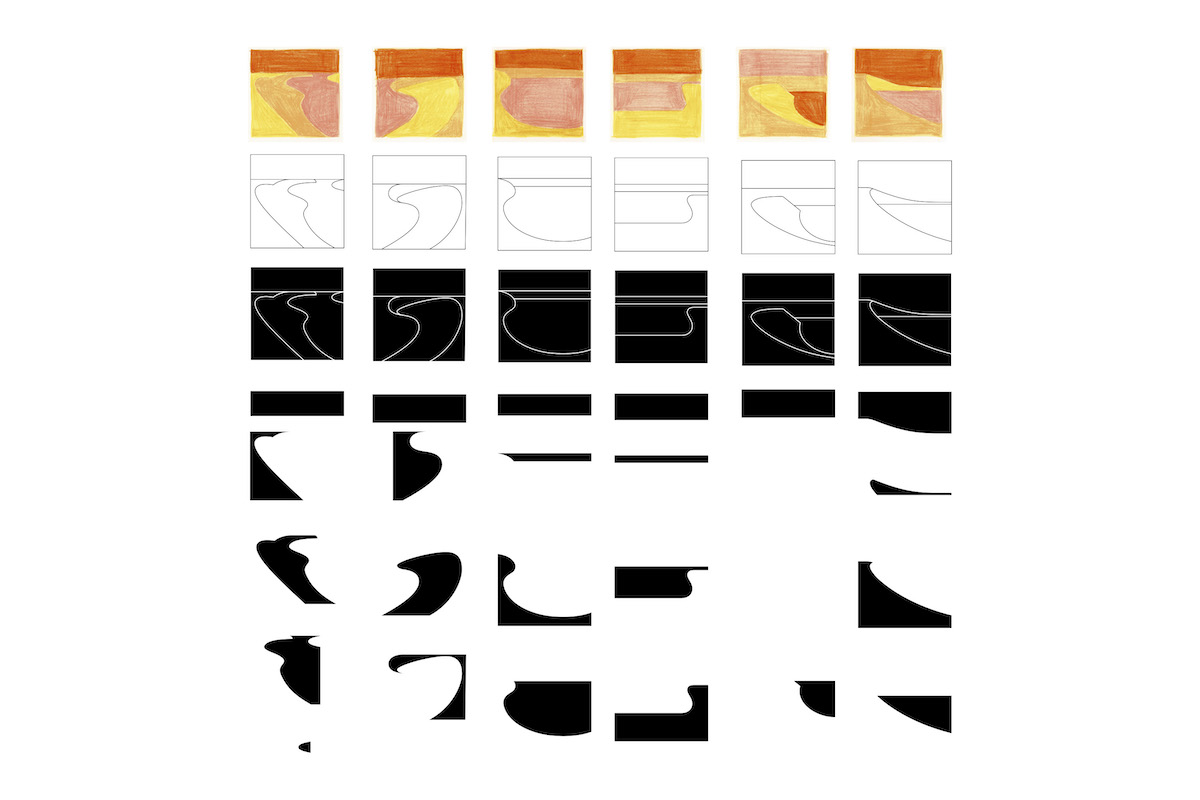
Thank you so much to Leopoldo for sharing these ideas with us. Looking forward, Leopoldo explains he’s developing typography ‘based on the shapes of the dunes of the Lençóis Maranhão (a desert full of freshwater and lagoons in northeastern Brazil).’ He continues, ‘When I traveled to this place two years ago I was impressed by the lagoons and the shapes of the dunes caused by the action of the wind. The dunes curves were so perfect that they looked like they were made in software. I took several photos and with my sketchbook, I made some notes and drawings of the dunes when I got home I made some more drawings, but this project was stopped for a while and in June I returned to work on it’.
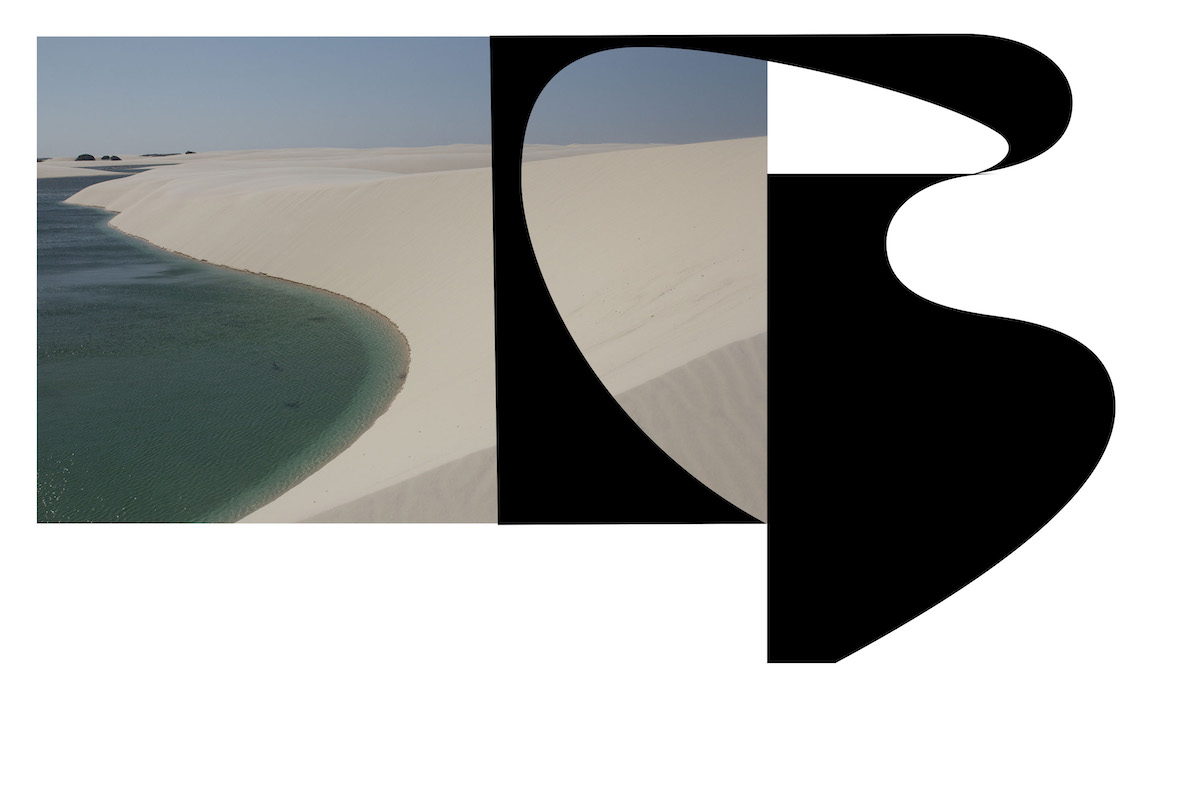
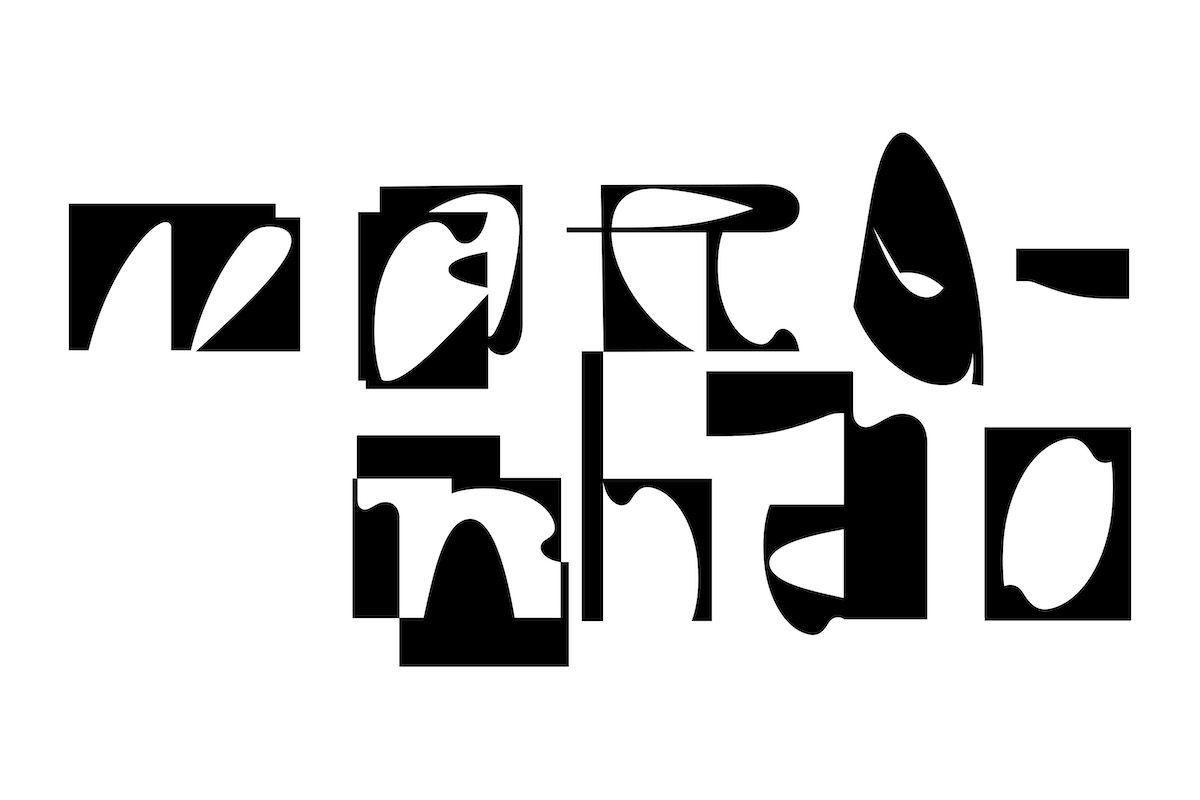
Pandemonium is set to be published next month, however initially the book will be released exclusively in Portuguese. To keep up with Leopoldo, check out his website and Instagram, as well as the ongoing Instagram archive for Pandemonium.

